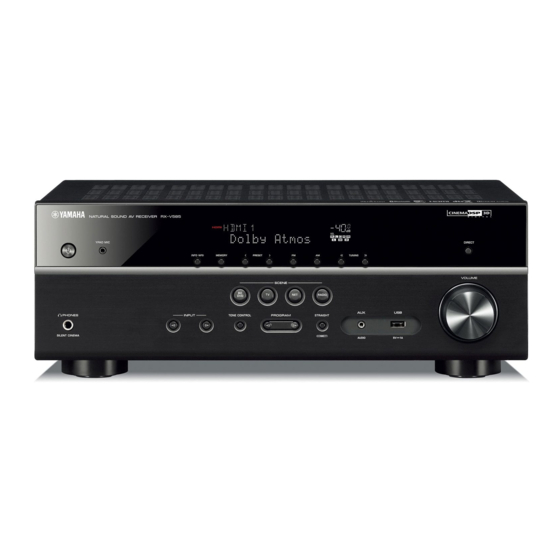
Yamaha HTR-6072 Manuals
Manuals and User Guides for Yamaha HTR-6072. We have 1 Yamaha HTR-6072 manual available for free PDF download: Owner's Manual
Advertisement

Advertisement